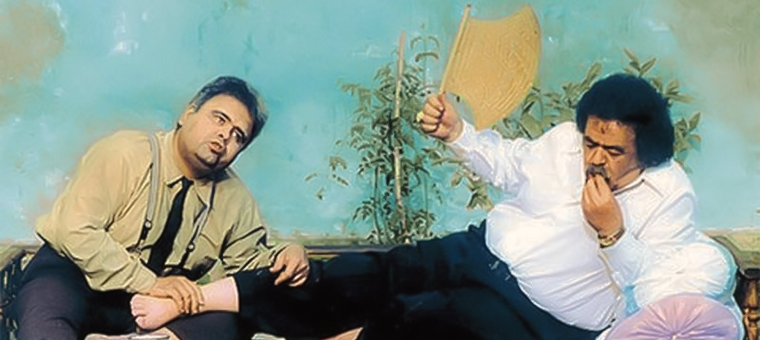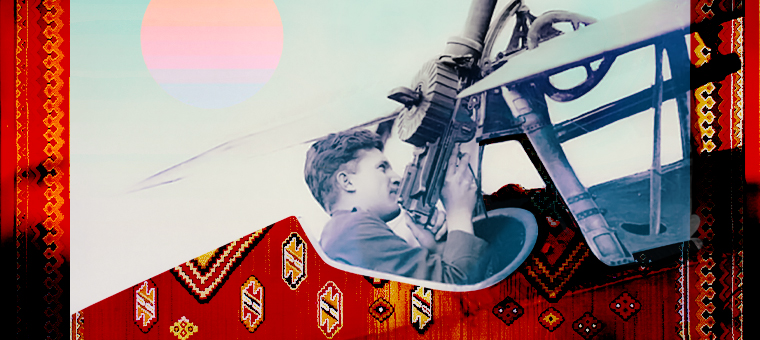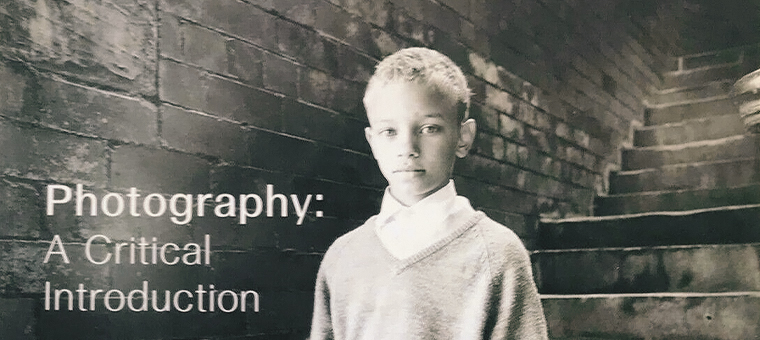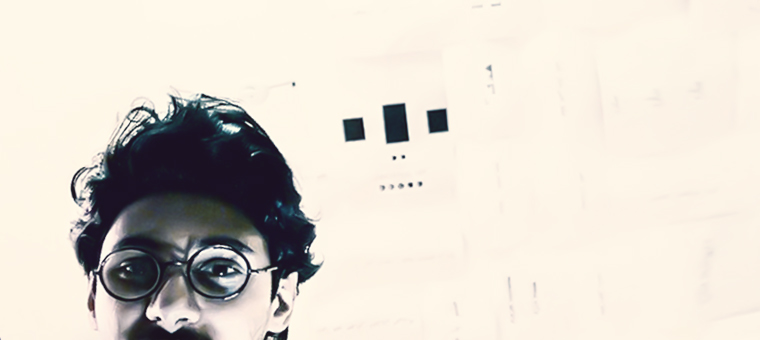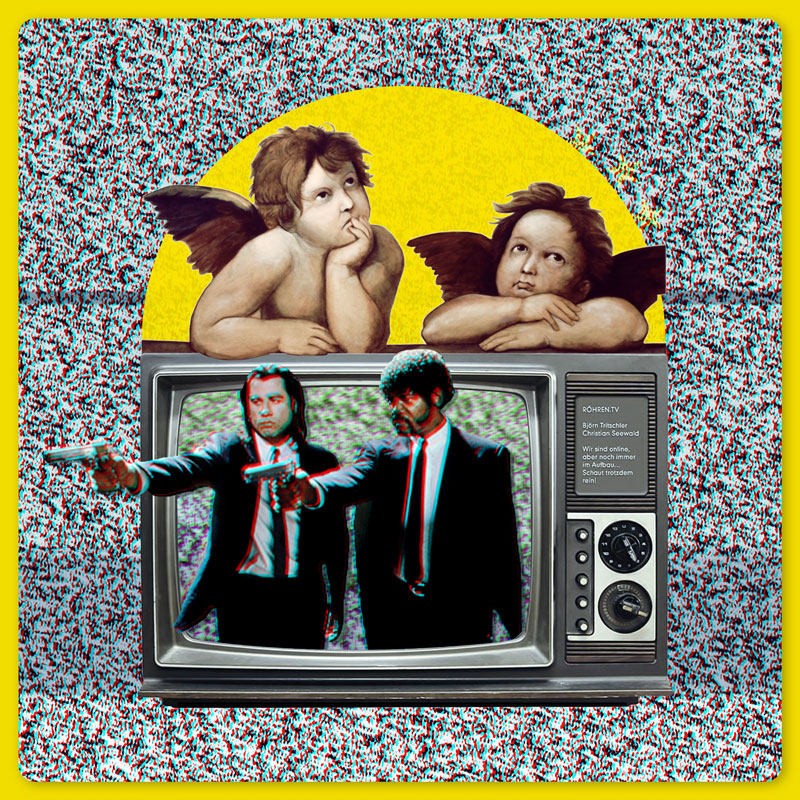I’ve watched the movie “Mother” countless times—not because it’s a particularly good film, but simply because it entertains me when I’m idle and devoid of energy. I listen to Kamkar’s music, contemplate the holes in the walls of Mother’s house, and occasionally glance away to attend to mundane tasks, responding to emails left unread for months, while the resonant voice of Manouchehr Esmaili fills the background.
“Mother” attempts to represent traditional Iranian society, illustrating how traditional thought struggles profoundly against modern life’s mechanisms. The characters, immersed in modernity yet bound by the traditional setting associated with the Mother, face various conflicts. They remain interconnected through an old tape recorder soaked in history, disregarding contemporary structures.
Putting aside the absurd notion of “Mother” as a symbol of national Iranian cinema, the root of Ali Hatami’s anger toward modern structures is unclear, and he never satisfactorily explains his worship of tradition and rejection of modernism in his works. Throughout the film, Hatami repeatedly criticizes symbols of modernity, such as the contemptible electric samovar or the supposedly inappropriate act of sitting on a sofa. Upon closer inspection, you realize Mother’s house even lacks a telephone, instead overflowing with rose-infused albums, books, and maze-like basements dominating the setting.
In my opinion, in Ali Hatami’s film, the mother is depicted merely as someone constantly preoccupied with preparing rice, stew, sugar, and tea for mourning rituals, essentially confined to a domestic caretaker role. In other words, the mother here resembles that elderly figure from traditional stories who, in their final days, gathers their children and uses matchsticks as a symbolic gesture, urging unity and harmony.
On the surface, the film seems about the mother, yet Hatami’s narrative prominently highlights the father’s absence, implying it’s this absence that has led the children astray and exposed their shortcomings. After all, the mother has always been present, albeit limited to her stereotypical role. Strangely, Hatami claims he made “Mother” as a tribute to Iranian mothers, yet the film ironically ends up being against mothers rather than honoring them.
To me, “Mother” is essentially a comedic film, scene after scene provoking laughter, implying that in 2019, this film offers nothing more profound than amusement. Perhaps some readers might argue that, despite everything I mention, the film remains vibrant, evoking good memories!
Indeed, they might be correct—but at what cost? At the expense of indulging in fabricated nostalgia? A significant reason behind “Mother” being embraced lies in the year of its release. In 1989, Iran had just emerged from the war, entering a phase of reconstruction; certainly, a tranquil and colorful space like “Mother” was needed. Thus, if Ali Hatami had been aware of this during the production and release—which I doubt—it would mean he was cleverly using modern structures to critique modernism itself. Ignoring the technical flaws that fill the film from a modern cinematic perspective, “Mother” is nothing more than scattered episodes from a theatrical play centered around family.
In short, watching “Mother” is akin to taking a pointless recreational trip to Persepolis, whose significance only archaeologists and historians grasp. The serious viewer of “Mother” is akin to a peculiar individual who travels aimlessly from America to see Chehel Sotoun and Persepolis, having never visited Paris despite abundant opportunities!

